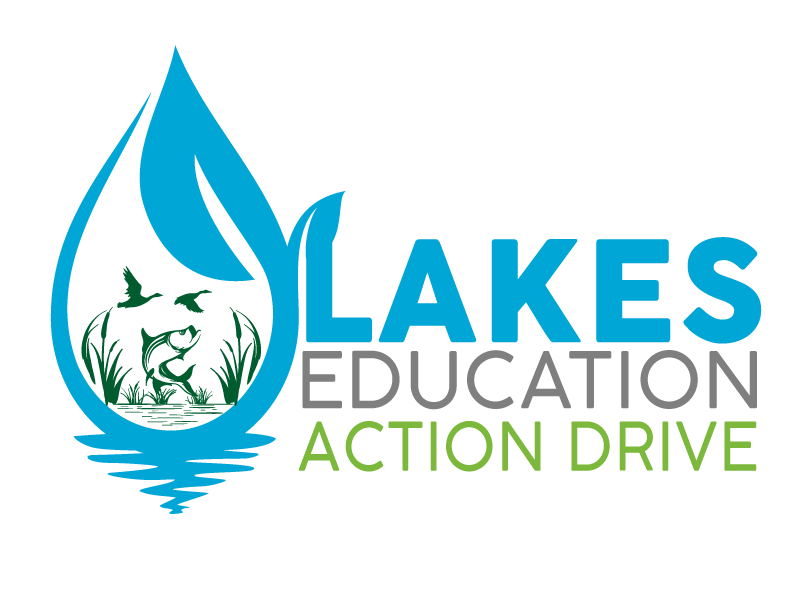Aquascaping Tips from LE/AD
Activities on and around lakes have a great impact on the water quality, habitat value, and productivity of those lakes.
By removing nuisance plants and replacing them with beneficial natives, you can help maintain good water quality and prevent degradation of our lakes. “Aquascaping” is the term used to specify the planting of aquatic and wetland plants, much the same as landscaping describes the planting of terrestrial plants.
The reasons that we aquascape are similar to the reasons for landscaping.
We landscape to decrease erosion, to keep weeds out by planting desirable plants, to beautify, to add shade and habitat, and because our neighbors do it. Most of these reasons also motivate us to aquascape. By replacing noxious plants with beneficial natives, you can help to maintain good water quality and to provide habitat for fish and wildlife. Aquascaping should also decrease the need for nuisance plant control in the future.
Many people want only pure white sand beaches.
They ask, “What’s so bad about sand?” Can you imagine your front lawn with no sod? If you didn’t plant grass and shrubs, the topsoil would wash away in the next storm. It would not be very pretty, nor would it provide any shade or habitat. For lakes, a bare shoreline spells double trouble. Not only is erosion a problem, but without plants, you have no buffer for storm water runoff. Everything the rain falls on can wash into the lake, degrading water quality.
Plants act as a filter, trapping particles as the storm water runs into the lake.
Plants may also take up nutrients and other pollutants found in storm water. Algae tend to flourish in high nutrient areas, so without this buffer, your white sand beach can turn into a slimy, stinking mess (not to mention the chemicals and labor involved in keeping all the “weeds” off you sandy beach). All this can be avoided by installing desirable aquatic plants. The entire shoreline does not have to be aquascaped; you can reap the benefits of aquascaping and still maintain direct access to the lake by installing the plants in clumps, leaving clear zones in between the plants.
Aquascaping helps to reduce the impact our activities have on lakes.
Do your part to keep our local waterways safe! If you would like more information about how you, too, can help keep our lakes clean, please Contact Us.
Top Ten Reasons to Aquascape
1. Beautify
2. Provide wildlife food
3. Provide wildlife habitat
4. Purify water
5. Prevent erosion
6. Add oxygen
7. Provide shade
8. Reduce maintenance
9. Increase property value
10. Draw attention to lakeview








